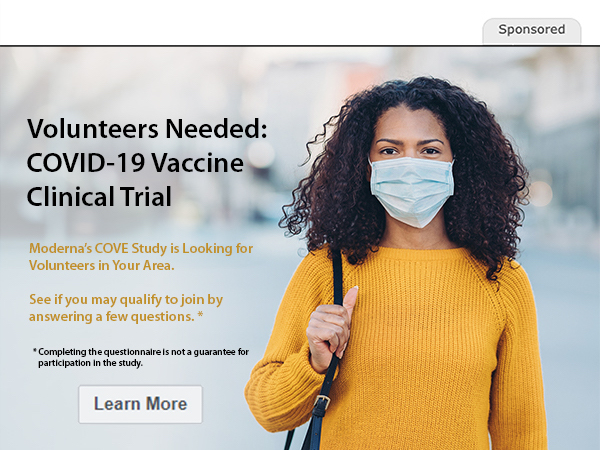Last month, I mentioned in the Medivizor newsletter that I had lost a family member. This loved one feared seeking medical attention for a serious condition because of the risk of catching COVID-19 at a hospital or doctor’s office. Now, a dear friend’s parents received notification that they were exposed to the SARS-2 coronavirus by a paramedic. Both elders have contracted COVID-19.
Preliminary data from an online national survey of 192 emergency medical services (EMS) personnel conducted in April indicates that, at least in the pandemic’s earliest stages, EMS personnel did not have adequate equipment in the form of N95 respirators and were not decontaminating equipment after each patient usage.
Disturbing is the word that comes to mind when reading this summary. Forty seven percent reported that they clean the patient area of the ambulance only after multiple patients have used it, only once a day or “infrequently.” With equipment like personal stethoscopes, 43 precent reported that they cleaned the stethoscope infrequently, 9 percent cleaned it daily, 1 percent after multiple patients.
Emergency medical personnel are at the front lines of healthcare, putting in long hours and being exposed to disease. The study found that, for 70 percent of these personnel, no benefits were provided by their companies in response to COVID-19 work, no family leave, personal time off, nothing.
Eighty-seven percent of survey respondents had had limited or no COVID-19-related training. This included basic information—for example, nearly a third were unsure if a patient with COVID-19 is infectious.
Of course, this is data from April but, given my friend’s parents experience, I wonder if there has been any change. With the enormous amount of misinformation being shared by people at the highest levels of government, it is very possible that EMS personnel are still unsure about the true nature of COVID-19. It is likely that decontamination of equipment and patient areas of ambulances, as well as mask wearing, are not optimal.
So ordinary people are left with weighing the odds and trying to make decisions. Tragedies caused by fear of being infected when using the healthcare system continue. And for those who do use the healthcare system, like my friend’s parents, the risk of infection remains.
Feature Image by F. Muhammad from Pixabay
Reference:
Cody Gibson, Christian Ventura, George Donald CollierErratum to “Emergency Medical Services resource capacity and competency amid COVID-19 in the United States: preliminary findings from a national survey” [Heliyon 6 (5) (May 2020) Article e03900]Heliyon, Volume 6, Issue 10, October 2020, Pages e05134






